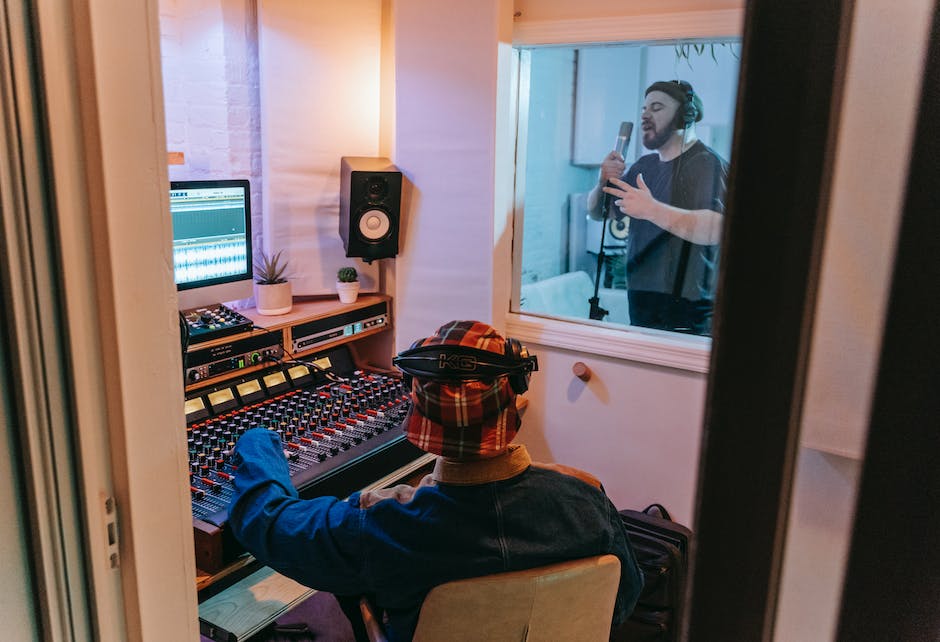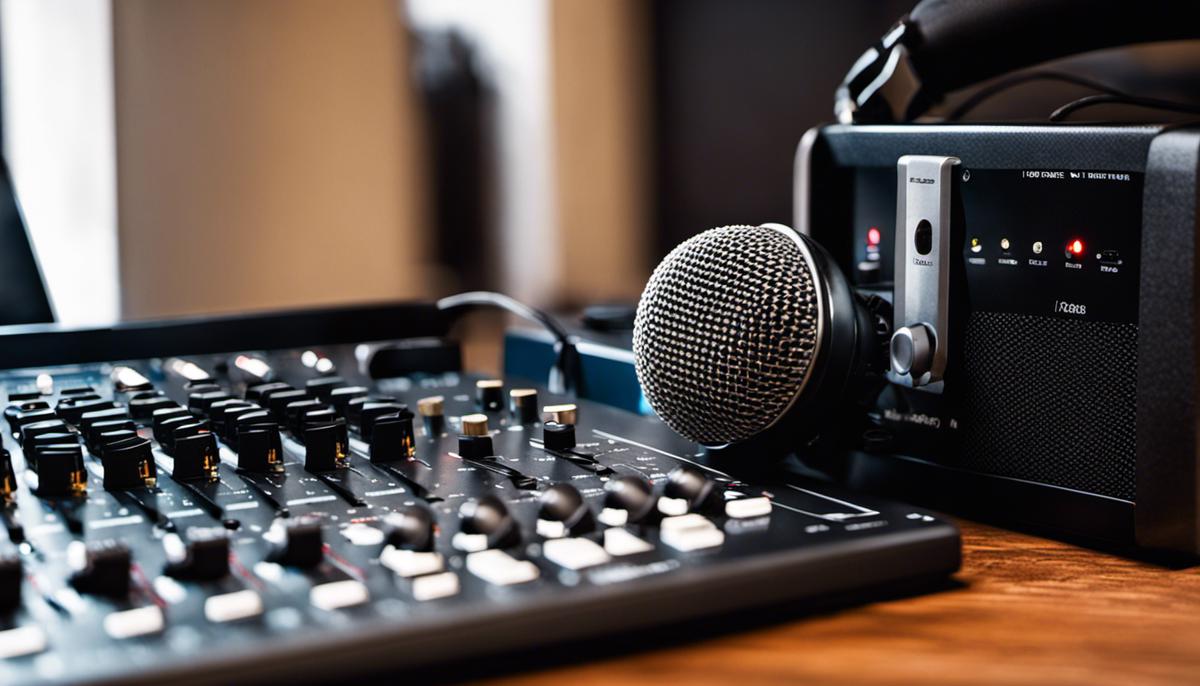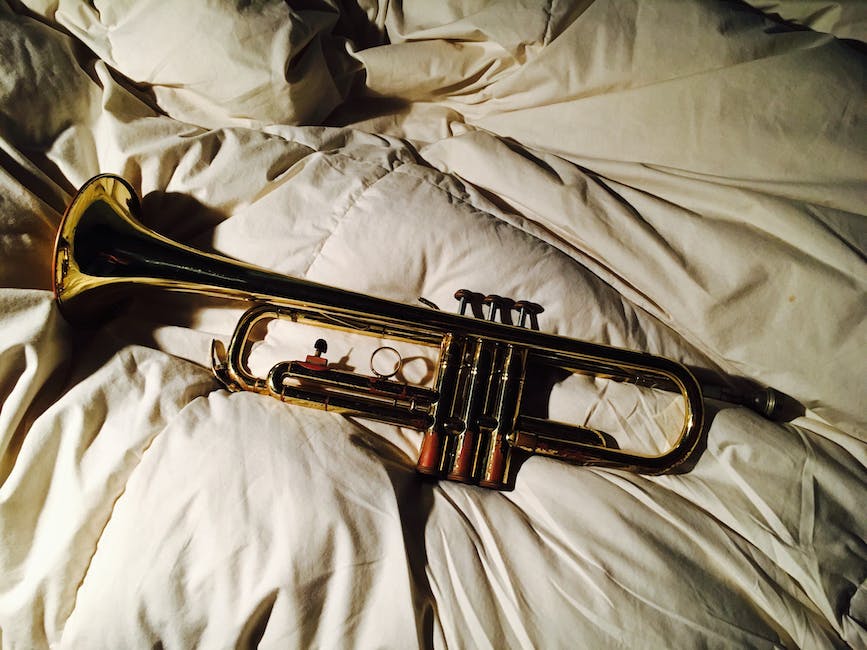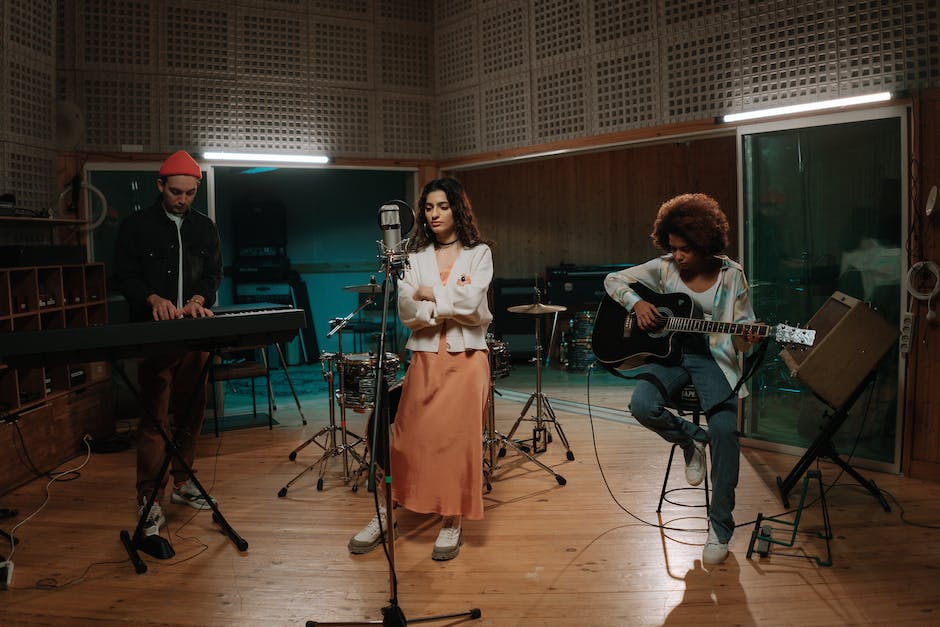Embarking on the journey of recording band rehearsals can be both an exciting and daunting endeavor. The task holds the potential for unearthing the raw, unfiltered energy of the musicians, capturing their creative process in its natural habitat. However, numerous obstacles lie in wait, ranging from the practical arrangement of the recording set up to complex challenges like managing instrumental bleed and room acoustics. As we traverse through this comprehensive guide, we’ll venture into the intricate details of such challenges, equip ourselves with essential hardware knowledge, muster the dexterity in handling various recording techniques, and grasp the art of post-recording cleanup to ultimately produce a refined, high-quality piece of music.
Understanding the Challenges
Navigating Through High Notes: Overcoming Common Challenges in Recording Live Band Rehearsals
In the magnetic universe of music, the rhythm of a heartbeat syncs with the strumming guitar, the pulsing bass, the alluring sax, and the nuanced beats of the drum. As lovers of music know, live band rehearsals are an alchemical magic show where rawness meets refinement – the anticipation almost palpable. There is, however, an art to capturing this live energy and translating it to a recorded form unmarred by woes common in the realm of recording.
Creating a live recording is as much a challenge as it is an exhilarating endeavor. One of the most ubiquitous hurdles faced is achieving a flawless balance in sound. The intricate art of mixing, the harmonious interplay between instruments, and vocals hold the potential to make or break a rehearsal recording. Striking a perfect blend is akin to a tightrope walker maintaining balance – precision rules supreme.
Artists are often plagued by the specter of background noise. This uninvited guest finds its way into recorded pieces, clandestine yet omnipresent, tainting the purity of musical expression. From the hum of an amplifier to the ticking of a wall clock – its intrusion forces musicians to either seek professional soundproofing or adopt innovative ways of minimizing disruption.
Next in line comes the issue of space constraints. The size and acoustics of the room significantly impact the clarity and quality of the recording. A cramped space tends to bounce sound waves chaotically, resulting in a cacophony instead of harmonic choruses, hence further hiding the subtle nuances that make music alive and potent.
Affinity for equipment too, isn’t devoid of trials. The potency of an aesthetically pleasing piece lives and dies by the caliber of the recording gear. The absence of high-quality microphones, mixers, or interfaces may cast a shadow on the sonic brilliance, underscoring the importance of investing in high-grade musical technology.
Despite these challenges, recording live band rehearsals holds a charm that’s truly exclusive. The transcendent power of raw, unfiltered music, the synergy of the band members – each resonance, each silence – everything is a testament to the beautifully human nature of aural art. In the end, navigating through these complexities and challenges is what builds the most beautiful melodies and leads to compositions that echo in the realms of music listeners long after they’ve played. And isn’t that what a beautiful symphony is all about? Filled with highs and lows, yet producing a melody that reverberates in the heart and lifts the soul. Keep the symphony alive, and may the world sway to your rhythm!

Equipment Essentials
Remarkably, each captivating song we listen to on our favorite streaming platform, each riveting performance we encounter at a music festival, is the result of much strenuous work behind the scenes. Central to that hidden bedrock are certain recording tools which are the golden tickets, the must-haves in any audio engineer’s bag. They serve as the architects in constructing a splendid soundstage receptive to stirring performances.
Undoubtedly, a powerful microphone strikes prominently on the list for managing audio challenges in live settings. Microphones of varied types and capacities are built specifically for different sound sources. When one aims to amplify instruments on a boisterously energetic stage, directional microphones are crucial for achieving the desired effect. From floating crystal clear vocals above a roaring crowd to capturing the rhythmic intensity of a drum kit, directional mics have the providential aptitude to selectively capture sounds while maintaining their original robustness.
Equally precious, a high-quality digital audio workstation (DAW) stands as the veritable cornerstone of any live audio recording setup. DAWs, like Ableton or Pro Tools, allow for real-time editing, effect implementation, and sound mixing, thereby becoming an imperative tool in the management of audio challenges on stage. Furthermore, they allow for swift improvisational changes, a dear feature in an environment as dynamic as a live concert.
Next, let’s tune our focus to an often overlooked audio tool: the headphone monitor. Essential for performers and sound engineers alike, headphone monitors enable a perceptive ear on the ever-vital mix while offering an unobtrusive performance. This invaluable tool enables performers to retain audibility of their performance, even amid the insurmountable raucousness of a live audience.
The portable audio recorder is also worthy of note. Notably discreet and resourceful, these compact devices have become a treasure for live audio recording. They possess the prowess to capably handle high sound pressure levels while offering a high degree of convenience, essential in the spontaneous ambiance of live performances.
Last but not least, a robust and reliable PA system is a prerequisite for any live setting. Capable of providing sterling sound quality to all corners of an immense venue, a PA system serves as the steadfast bridge connecting artists to their audience. An immersive audio experience is critical in a live setting, differentiating it from the experience of merely streaming your favorite artist at home.
As discerning lovers and creators of music, we naturally cherish the power and depth of live performances. The highlighted recording tools, refined over decades, have indubitably revolutionized our capability to accurately capture and reproduce the raw magic of live music. The secret to managing audio challenges in a live setting, consequently, lies in an articulate understanding and masterful implementation of these essential pieces of equipment.

Techniques for Quality Recording
A symphony of sound—rich, raw, and rhythmic—rehearsals truly are the brewing pots of musical magic. They offer a candid view into the heart and soul of any band, revealing their essence and embodying their vigor. However, to capture this spellbinding energy in an audio recording is no less than a craft. A craft that involves several elements beyond a mere ensemble of high-tech gadgets.
Vital and often overlooked, a meticulous song structure forms the bedrock of any successful recording. Draft a guide track with the fundamental rhythm and tempo, ensuring everyone is harmoniously synchronized. This not only enhances the overall cohesion, but also helps in precisely adding or modifying individual parts later. Just like the simpatico amongst band members, the relationship between instruments is integral.
While hovering through rehearsals, remember to encapsulate the magic of room acoustics. A captivating element of “in the room” recordings, it reflects the ambience, the vibe, the serenade. Experiment with different rooms and pay attention to the sonic properties of the space—the size, the materials used in construction, the presence of furnishings, or even the air density. Whether it’s the echoey reverberation in a Cathedral or the intimate quietude of a home studio, it can impart an undeniable flare to any recording.
Further amplifying the allure of room acoustics is the configuration and positioning of microphones. Consider a beaming sunflower—an array of microphones intricately arranged, each bent towards the fragrance of sound they wish to capture. Utilize omnidirectional mics for a wholesome depth or go for the characterful individualities of directional mics. Experiment, explore, and embrace the wonders these technicolor transducers can yield.
Often, it’s the dominance of live amplifiers that leave murmurs of instruments lost in the melodious crowd. To prevent this tragedy of drowned symphonies, a direct input (DI) box can serve as a lifeline. It preserves the unique character of instruments, giving each its own pedestal of glory. The purity of acoustic guitars, the subtleties of keyboards, or the earthy tones of bass— a DI box ensures they all resonate in harmony, not anonymity.
Last, but not least, an often underestimated hero in this pursuit is the sound of silence. Decoding the dialect of pauses and breaks can offer an adrenaline rush, as potent as a soaring guitar solo or a hefty drum fill. Allow some breathing space in the recording, facilitating a wholesome and immersive experience. The silence between notes, the pause before a crescendo, the calm after a storm— each contributes to the tale each track tells.
Immersing oneself in the splendiferous world of music making and recording is an intoxicating journey. And to embrace these dynamic aspects to ensure high-quality band rehearsal recordings is to truly connect with the soul of music. A love letter to sonic creativity, it’s a testament to the beautiful chaos, the harmonious discord, and the rhythm in randomness that music truly is. Shed inhibitions, delve into obscurities, and navigate through the enchanting realms of sound. After all, isn’t that where the true magic lies?

Post-Recording Cleanup
Beyond the flair of on-spot creativity that live band rehearsals proffer, there are always bound to be minor glitches. It’s the beauty and risk of the ‘live’ element. Slips, knocks, slides, albeit their raw charm, can often be distracting when it transcends the rehearsal space. This is where the grace of post-recording cleanup comes to play. It helps refine the captured audio, ensuring the vibrancy of the live session is neither lost nor marred by inadvertent flukes.
In the world of music, the interplay of every note, rhythm, and pulse reveals an emotional tapestry that connects to the audience. Unwanted noises and lingual slips can disrupt this musical story, disrupting the listener’s journey. Post-recording cleanup serves as a warranty for your captured audio, preserving the integrity of the song while ensuring small errors are carefully scrubbed away.
Echoes, feedback, and distortion – all enemies of a pristine recording – are unavoidable in a rehearsal space. This is where the magic of audio processing tools comes in. Equalization (EQ) can be employed to help sculpt the tonal balance, removing inevitable stubborn echoes. Tools like compressors and limiters help control variations in volume, taming the potentially disruptive dynamics that can arise in a live band rehearsal.
The ambience of the room, whether intentional or just a byproduct of the location, can add a touch of authenticity to your sound. However, too much echo or reverb can confuse the listener and conceal the clarity of individual instruments. Delicate applications of de-verb and spatial plugins can rein in any surplus environmental noise, returning emphasis back to the music.
Moreover, to honor each string’s strum, every drum’s beat, and let shine the distinct timbre of every voice, spectral repair tools can offer miraculous solutions. They provide us with a mechanism to isolate and mend unwanted noises on a detailed level without debasing the overall aesthetic of the recording.
In the end, cleaning up a live rehearsal recording isn’t about sterilizing it to the point of sterility. It’s about unmarred communication between the performer and the listener, allowing the raw, electric energy of the-band-in-the-room to come through without distraction.
By investing the time and resources into post-recording cleanups, the inventive roughs of the musical world are refined into glorious, resonant gems. Fusing the livewire spontaneity of live rehearsal with the delicate touch of modern audio cleanup techniques births an audio that’s honest and vibrant, yet professionally accomplished. It’s the vivid, emotional invite into the musicians’ world, every calculated beat, unbridled energy, and captivating harmony delivered in the highest fidelity. That’s the sweet symphony of refined live band rehearsal recordings. It’s not just music—it’s alive.

As we conclude this deep-dive exploration, it is evident that recording band rehearsals in a live setting is indeed an art. It is an intricate play of understanding various challenges, effectively using recording equipment, applying diverse techniques, and finally grooming the track in post-production. The journey may seem daunting at first, but armed with the right knowledge and a passion for music, an enthusiast can navigate their way towards a stellar recording experience. Regardless of the challenges that are inevitable in a live recording situation, the resulting piece of music, brimming with unedited creativity and energy, makes all hurdles worthwhile.

Comments.
Currently there are no comments related to this article. You have a special honor to be the first commenter. Thanks!